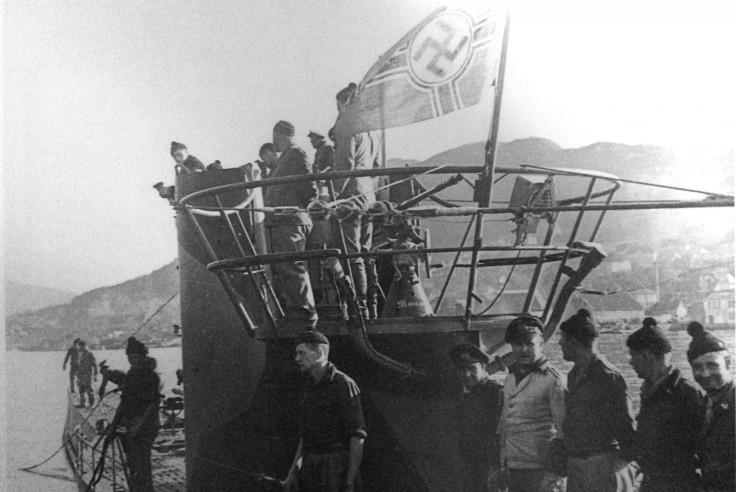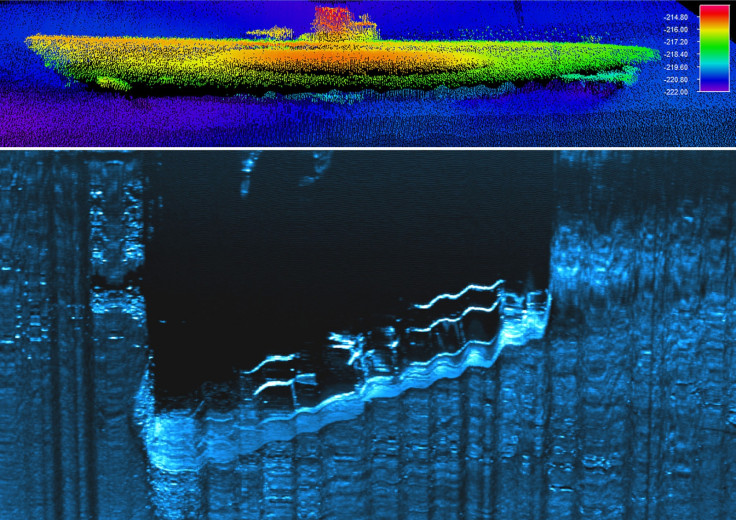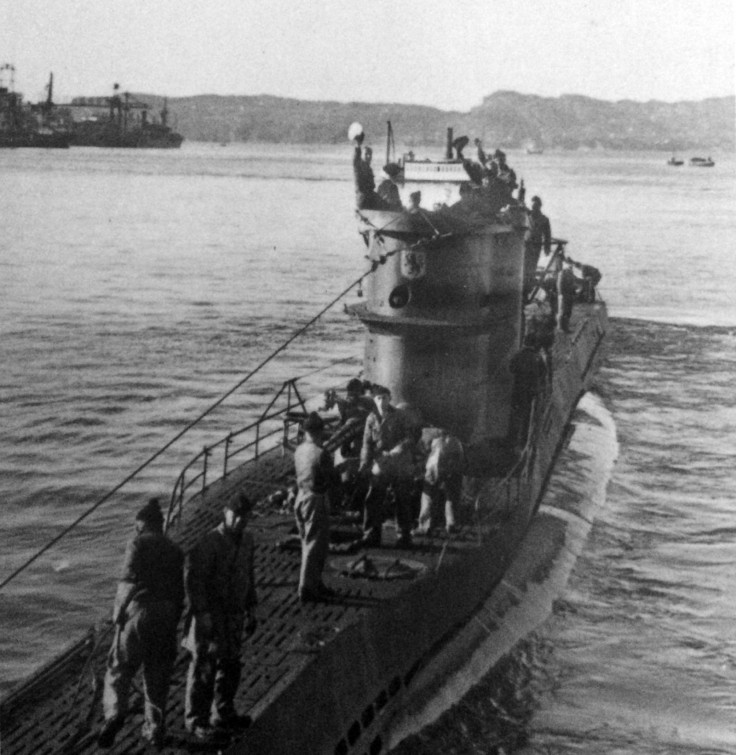WWII Shipwrecks including German U-Boat Discovered Off North Carolina Coast

Researchers with the National Oceanic and Atmospheric Administration (NOAA) have used high-resolution sonar imagery to discover two important sunken WWII vessels approximately 30 miles off the coast of North Carolina from the Battle of the Atlantic.
The vessels, the German U-boat 576 submarine and a freighter named Bluefields, have been lost for over 70 years and were found in an area known as the Graveyard of the Atlantic.
"This is not just the discovery of a single shipwreck," said Joe Hoyt, a NOAA sanctuary scientist and chief scientist for the expedition.
"We have discovered an important battle site that is part of the Battle of the Atlantic. These two ships rest only a few hundred yards apart and together help us interpret and share their forgotten stories."

The Battle of the Atlantic was fought between 1939 to 1945, but was at its height from mid-1940 to the end of 1943, when German and Italian navies (Axis powers) tried to prevent US convoys of ships carrying crucial imported goods from crossing the Atlantic to get to the UK and Soviet Union (Allied powers).

On July 15, 1942, a group of 19 merchant ships escorted by the US Navy and Coast Guard known as "Convoy KS-520" was en route to Key West in Florida from Norfolk, Virginia to deliver cargo for the war effort when it was attacked off Cape Hatteras.
The freighter Bluefields, which flew a Nicaragua flag, was part of the convoy and it was sunk by the German U-576 submarine. Two other ships were also severely damaged in the attack.
In response, the US Navy Kingfisher shipboard observational floatplane bombed the German U-boat from the air while the Unicoi, a merchant ship attacked it with a deck gun.
Both the Bluefields freighter and the U-576 were lost within minutes just 240 yards apart. It's believed that 45 men died on the German submarine while all 24 crew on the freighter survived, and both vessels now rest on the ocean floor.
"Most people associate the Battle of the Atlantic with the cold, icy waters of the North Atlantic," said David Alberg, superintendent of NOAA's Monitor National Marine Sanctuary.
"But few people realise how close the war actually came to America's shores. As we learn more about the underwater battlefield, Bluefields and U-576 will provide additional insight into a relatively little-known chapter in American history."

While the US government is interested in preserving the vessels, the German government considers the vessels to be protected by international law, particularly as the U-576 is a war grave.
"In legal succession to the former German Reich, the Federal Republic of Germany, as a rule, sees itself as the owner of formally Reich-owned military assets, such as ship or aircraft wreckages," said the German Foreign Office in a statement.
"The Federal Republic of Germany is not interested in a recovery of the remnants of the U-576 and will not participate in any such project.
"It is international custom to view the wreckage of land, sea, and air vehicles assumed or presumed to hold the remains of fallen soldiers as war graves.
"As such, they are under special protection and should, if possible, remain at their site and location to allow the dead to rest in peace."
US policy on sunken warships declares that the US owns both vessels no matter how long a passage of time has passed, and as such, the US government is entitled to do with them as it wishes. However, this could become a point of contention between the two countries.
© Copyright IBTimes 2024. All rights reserved.







